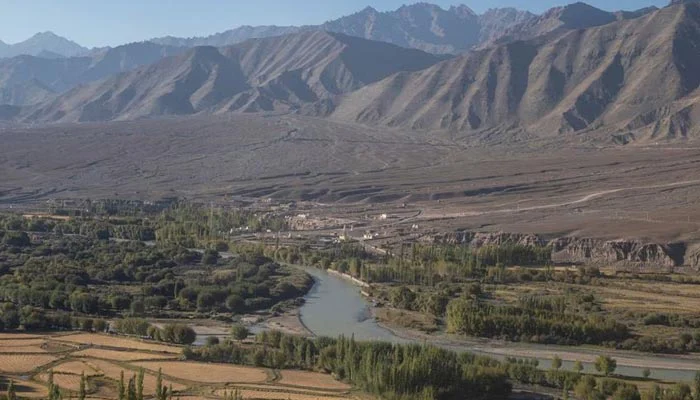Editorial
Forests are essential for the environmental health and well-being of Pakistan. They provide various ecosystem services such as carbon sequestration, biodiversity conservation, soil erosion control, water regulation, and climate moderation. One of the significant environmental issues in Pakistan is deforestation, which refers to the loss of forest areas that occurs when humans cut down trees to obtain wood and fuel but do not replant them. Urbanization, growing population, and rapid expansion of cities are also among the leading causes of deforestation in Pakistan.
According to the Global Forest Watch, Pakistan had 648 thousand hectares of tree cover in 2010, extending over 0.74% of its land area. In 2022, it lost 49 hectares of tree cover, equivalent to 19.3 kilotons of CO₂ emissions. Deforestation negatively impacts the environment by increasing greenhouse gas emissions, reducing biodiversity, degrading soil quality, disrupting water cycles, and exacerbating natural disasters such as floods and droughts.
Another environmental issue related to forests in Pakistan is forest degradation, which refers to the decline in the quality and quantity of forest resources due to human activities such as overgrazing, overexploitation, illegal logging, mining, and encroachment. Forest degradation reduces the ability of forests to provide ecosystem services and support livelihoods. For example, forest degradation affects the habitat and population of the Markhor, a near-threatened goat and Pakistan’s national animal.
The Markhor depends on the pine forests in the Sulaiman Mountains for food and shelter. However, these forests have been decimated by deforestation and degradation over the years.
To address these environmental issues, there is a need for conserving and restoring the forests in Pakistan. Conservation refers to protecting and managing existing forests to prevent further loss and damage. Restoration refers to reestablishing forest cover and function in degraded or deforested areas. Both conservation and restoration can enhance the environmental benefits of forests and contribute to sustainable development. For instance, a successful example of forest conservation and restoration in Pakistan is the case of the Chilghoza pine, a once-threatened tree that is staging a comeback in Balochistan. The Chilghoza pine is a valuable species that produces edible nuts and resin. It also helps to stabilize the soil and regulate the water flow in the arid region. A Pakistani researcher named Ashiq Ahmed Khan launched a campaign to conserve and restore the Chilghoza pine forests with the help of local communities who were once responsible for felling the trees. Today, some 260 square kilometres of forest are protected and restored.
In conclusion, I have critically evaluated the significance of the forests in Pakistan’s environmental issues. I have shown that forests are essential for the environmental health and well-being of Pakistan. I have also identified some of the major causes and consequences of forest loss and degradation. I have suggested some possible ways to conserve and restore the forests in Pakistan through innovation and collaboration. I hope that this essay has provided some useful insights into the importance and potential of the forests in Pakistan.
















